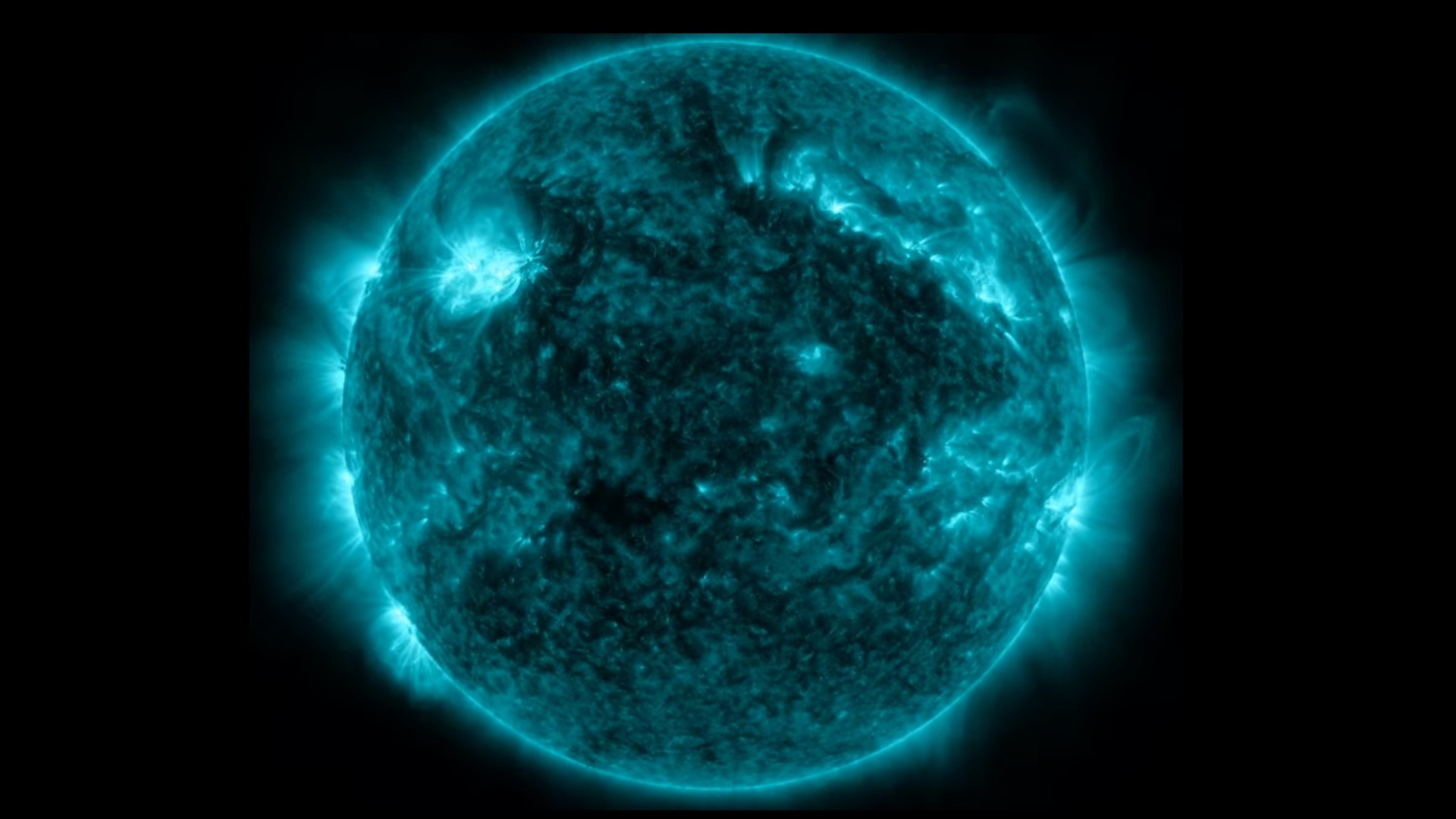JACKSONVILLE, Fla. — Thousands of AT&T's cellular customers were left without service Thursday because of a massive reported outage across the U.S., leaving them unable to place calls, send texts, or access the internet.
As many wondered what happened, media outlets reached out to NASA asking if there was any correlation to the two giant solar flares that erupted on the sun early Thursday around the same time as the outage.
The National Oceanic and Atmospheric Administration's Space Weather Prediction Center posted about the strong solar flares on social media.
First Coast News reached out to NOAA asking if there was any correlation.
"This outage appears to be a coincidence not connected to the X class solar flares," Erica Grow Cei, NOAA spokesperson told First Coast News.
NOAA's full statement:
The Sun emitted two strong solar flares (both R3 on the NOAA Space Weather Scales), the first one peaking at 6:07 p.m. EST on Feb. 21, 2024, and the second peaking at 1:32 a.m. EST on Feb. 22, 2024.
While solar flares can affect communication systems, radar, and the Global Positioning System, based on the intensity of the eruption and associated phenomena, it is highly unlikely that these flares contributed to the widely reported cellular network outages.
NOAA and SWPC will continue to monitor the solar and near-Earth space environment for potential impacts to critical infrastructure and essential services.
NASA had been informing followers on social media about a potential solar flare event for Feb. 21 and 22.
"Solar flares are powerful bursts of radiation," read the post from NASA Sun Science. "Harmful radiation from a flare cannot pass through Earth’s atmosphere to physically affect humans on the ground. However – when intense enough – they can disturb the atmosphere in the layer where GPS & communications signals travel."

